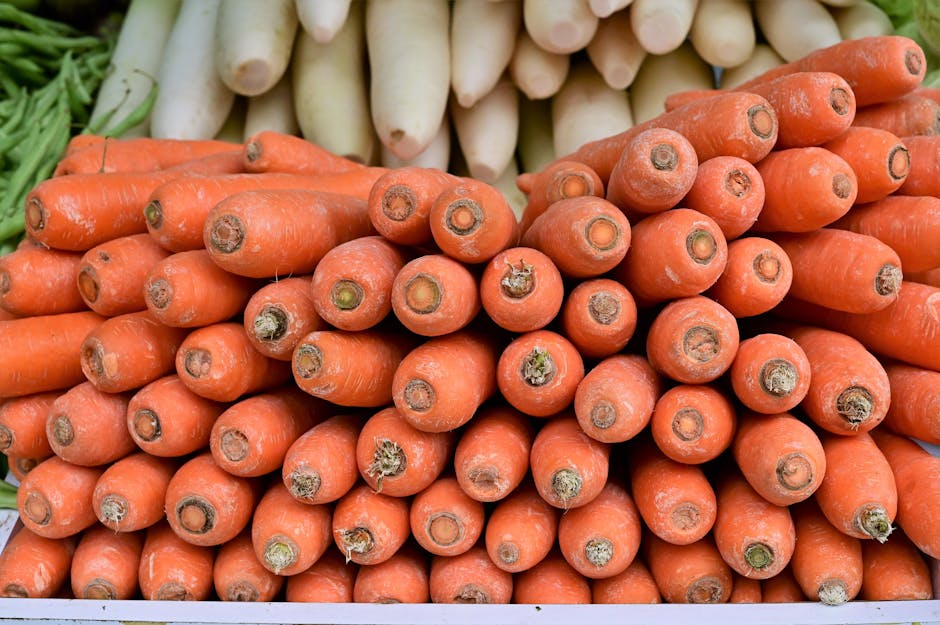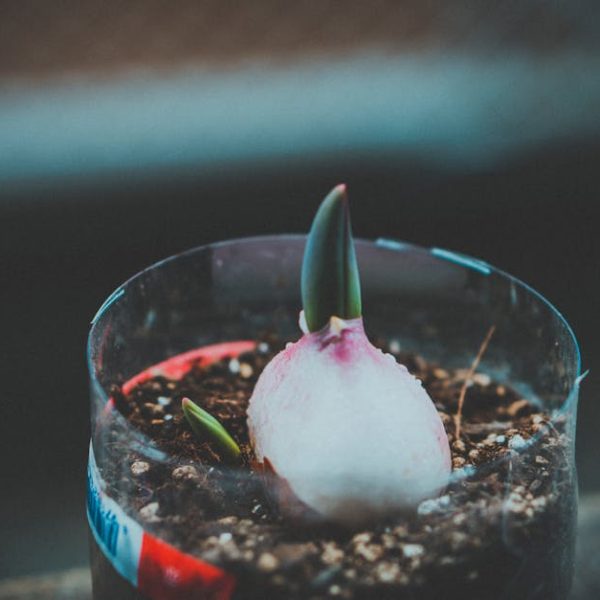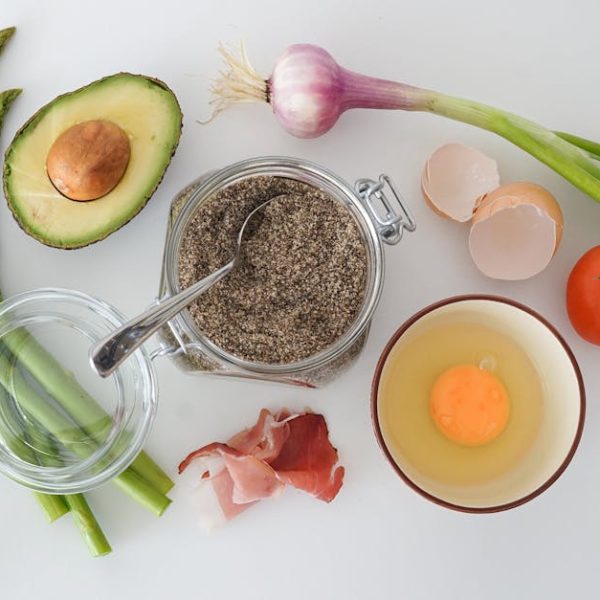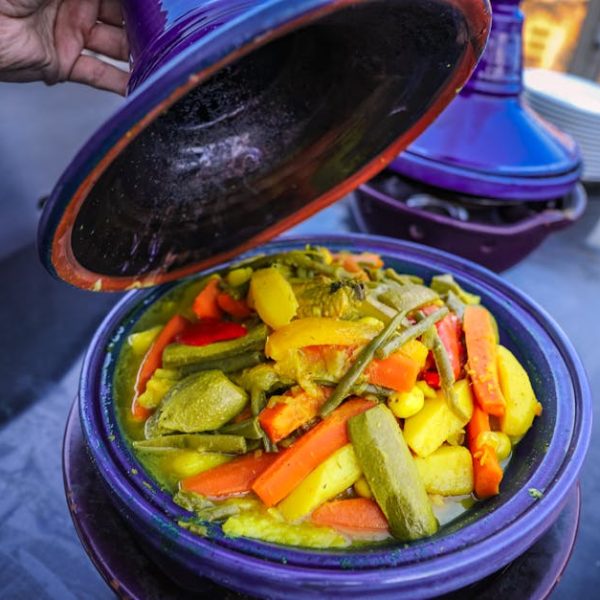Preserving green beans at their peak freshness is an art that requires both knowledge and care. By freezing them properly, you can relish their crisp, garden-fresh taste and nutrient richness any time of the year. In this guide, we’ll explore two superb methods to freeze green beans – in a single layer and by vacuum sealing, both promising maximum freshness and culinary delight.
Overview: The Importance of Properly Freezing Green Beans
Freezing green beans is not just a way of prolonging their usability; it is a strategy to maximize their nutritional value and flavor.
• Properly frozen green beans retain much of their nutritional content, making them a great addition to your diet year-round.
⚙️ Pro Tip: Freezing green beans affords longer shelf life and grants you the convenience of having them at hand whenever you require.
Comparing fresh and frozen beans, both have their unique benefits. Fresh beans provide the best taste and crispness, but they have a short shelf life. Frozen beans, on the other hand, offer convenience and lasting freshness, albeit with a slight compromise on texture.
Preparing Green Beans for Freezing
Starting with top-quality, fresh beans and preparing them correctly are imperative steps for successfully freezing green beans.
- Select crisp, bright green beans that are free from blemishes.
- Rinse them thoroughly under cold water.
- Trim the ends and cut the beans into your preferred size.
- Blanch the green beans by boiling them for 2-3 minutes, then immediately cooling them in icy water. This process helps preserve their color and nutrients.
⚙️ Pro Tip: To ensure a perfect blanch, set a timer and prepare your ice bath ahead of time.
Method 1: Freezing Green Beans in a Single Layer
Freezing beans in a single layer helps to maintain their individuality, making it easier to portion out your desired amount without defrosting the entire batch.
• Arrange your blanched beans in a single layer on a baking tray covered with parchment paper.
• Freeze them until solid, which typically takes about 1-2 hours.
• Once solid, transfer the beans into a freezer bag or airtight container.
• Ensure minimal air exposure in the storage bag to stave off freezer burn.
Best Practice: Always label your bags or containers with the freezing date to keep track of their freshness.
The straightforwardness of the single-layer freeze makes it a go-to method for many. Still, it is worth exploring another technique that showcases excellent efficiency in locking in freshness – vacuum sealing.
Stay tuned to learn more about this method and how to maintain the quality and freshness of frozen green beans once they’re ready to be enjoyed.
Method 2: Vacuum Sealing Green Beans for Freezing
Vacuum sealing can be a game-changer when it comes to freezing green beans. By removing all the air surrounding the beans, they’re better protected against freezer burn and their freshness is prolonged.
Before comparing the pros and cons of vacuum sealing, let’s step through the process:
- Arrange your green beans in a vacuum-sealable bag.
- Use the vacuum sealer to extract all the air from the bag and create an air-tight seal.
- Label the bag with the date and place it in the freezer.
A vacuum sealer can be a worthwhile investment, particularly if you often freeze food. However, it might not be the best solution for everyone. Let’s compare:
| Pros | Cons |
|---|---|
| Longevity: They can extend the life of your frozen beans by up to a year. | Initial Cost: Vacuum sealers can be an investment upfront. |
| Efficiency: It significantly reduces the risk of freezer burn compared to other traditional storing methods. | Limited Household Use: It can be a redundant appliance if you rarely freeze foods. |
| Space-saving: By reducing the volume of the beans, you get more efficient storage in your freezer. | Bag Expense: Vacuum sealer bags can add up in cost over time. |
Maintaining the Quality and Freshness of Frozen Green Beans
Knowledge on how to properly store and use frozen beans is crucial for maintaining their quality and freshness.
Checklist for storing frozen beans:
- Regularly rotate your freezer contents (first in, first out).
- Avoid frequent thawing and refreezing as it deteriorates the bean’s quality.
- Keep your freezer at 0°F (-18°C) or below – this ensures that the beans remain frozen solid.
As for usage, remember that you don’t need to defrost green beans before cooking them. Just add them straight to your pan for sauteeing or toss into boiling water for a quick boil.
Tip: Consider including them in soups, casseroles, or oriental stir-fry dishes. These meals allow the beans to heat through while conserving their nutrients and flavor.
Remember, while we can get green beans fresh from the grocery year round, nothing beats having it fresh out of the garden. Proper freezing techniques can extend that fresh garden goodness, allowing you to enjoy delicious, nutritious green beans all year long.
Key Takeaway:
- Proper freezing can ensure that green beans retain their nutritional value and freshness.
- Two methods to freeze green beans are: freezing in a single layer, and vacuum sealing.
- Quality and freshness can be further maintained through corresponding storage practices, including regular rotation of freezer contents and maintaining optimal freezer temperature.
- It’s important to be aware of the usage practices for frozen beans, such as not needing to defrost before cooking.
Do not be daunted by the processes involved in freezing green beans. Once you try it yourself, you will find these practices easy and rewarding. It’s worth it to enjoy garden-fresh tasting, nutritious green beans year-round.
FAQs
Q: Can I freeze green beans without blanching them?
A: While it’s possible to freeze green beans without blanching, blanching aids in preserving the beans’ color, taste, and nutritional value. It’s highly recommended for the best results.
Q: Do frozen green beans lose nutritional value over time?
A: Frozen green beans can still lose nutrients over time, albeit slower than fresh beans. It’s best to consume them within 8 to 12 months for optimal nutrition.
Q: Can green beans go bad in the freezer?
A: Yes, green beans can go bad in the freezer if not properly stored. They can suffer from freezer burn, which affects their taste and texture, though not their safety for consumption.
Q: How should I defrost frozen green beans?
A: Actually, you do not need to defrost frozen green beans before cooking. You can add them straight into soups, stews, or other dishes while cooking.
Q: Do I need a special type of bag for vacuum sealing?
A: Yes, you will need vacuum sealer bags designed for your specific vacuum sealer model. These special bags allow for the removal of all air, maximizing storage efficiency and preserving freshness.
If you found this guide helpful, feel free to browse more articles on our site or share this post with your social circles. Enjoy garden-fresh green beans anytime, thanks to these freezing techniques.






